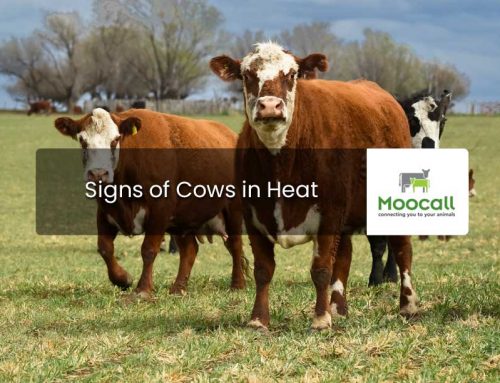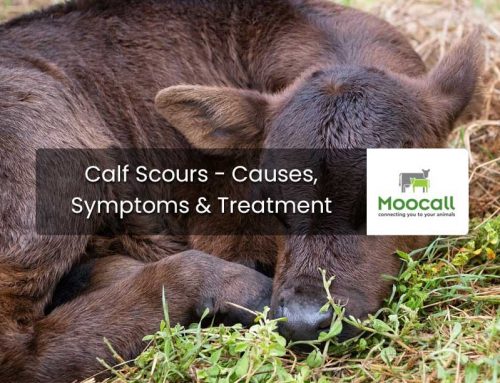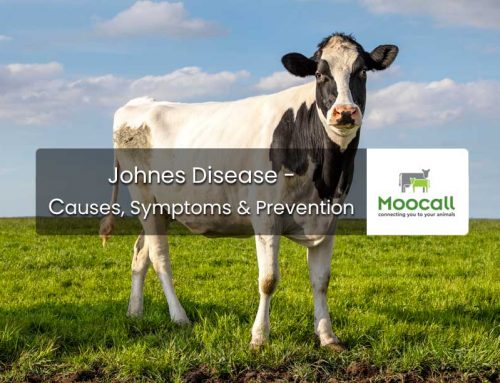The ideal position for the calf to be in during calving is facing the cervix with the forelimbs out in front, under the head.
However, the world is far from ideal.
Many calvings are not that straightforward and present a potential cow breech birth.
While there are many abnormal ways for a calf to present itself, this article will focus on the calf presenting backwards.
This can cause issues with stretching the cervix to allow the calf through.
Normally there is a gradual increase in diameter from one to two legs, then head to shoulders stretching as it goes.
In the case of a backwards calf, there is little to prepare the cervix for what is generally the largest part of the new-born calf – the rump or hind-quarter.
The difficulty with a badly prepared cervix in this case is that it slows down the delivery process.
But because the head is the last part to come out and there is a risk of drowning, the delivery needs to be as quick as possible.
The cow can’t enter into second stage labor and sometimes the first water bag is not even expelled because of the calf blocking the birth canal.
Breeches are then potentially deadly to the calf.
But there are several types of cow breech birth scenarios you should be looking out for.
Article Chapters
Hip Flexion Breech

Image source: Vet Student Research
Hip Flexion occurs when the calf presents backwards.
The calf is positioned right way up, but only one of the legs in the birth canal is extended towards the vulva.
To solve this you’ll need to get the other leg to match, and then deliver safely.
First you’ll have to push the calf or limb back inside the cow.
This will take less effort than other malpresentations because the calf won’t have gotten very far through the birth canal.
You’ll still need to attach that rope to the visible leg and apply lube to your hands though.
Push on the tailhead/pins of the calf until you think there is enough room to work.
Next, you’ll have to retrieve the problem limb.
To do this, find the tail or tail-head of the calf, and follow this down the side of the calf to find the hock.
This is the middle joint of the hind limbs between the hoof and rump.
When you have a grip on the hock, rotate it so that the hock is pushed up towards the calf’s tail-head.
You’ll want it as far up towards the body as is safely possible to make room to rotate the bottom of the leg.
The hoof should be in reach now.
Hoop one of your calving ropes above the hoof.
Place your hand on the hock and push forwards and upwards while pulling the rope at the same time to rotate the leg towards the pelvic inlet.
Now, you should be able to perform a regular safe birth.
True Breech
Image source: Oregon State University
This is similar to the hip flexion, except this time only the tailhead is presented at the entrance of the birth canal and both hind legs are tucked or bent towards the head.
There is no way at all the calf can leave the womb if things are left as-is.
Usually only the tail can be felt at the pelvic inlet.
This is a situation where you should definitely call a vet.
Essentially the way you deliver the calf in this situation is by bringing the hind legs into the birth canal so that they can be extended towards the vulva and a normal backwards presentation can take place.
First, apply lubrication to your hands and push the calf back as far as you can reach.
More space is needed to rotate the calf’s limbs.
Next, get one of the calf’s hind legs.
To do this you must first find the hock joint.
Push the leg towards the calf’s body while flexing the hock and stifle joints as tightly as they will allow.
Adjust the leg in such a way that it can be rotated towards the vulva.
Do this by holding the leg between the hock and the hoof and twisting the hoof towards the body so that it ends up behind the calf ready to extend.
If it is the right hoof, move it to the left. If it is the left hoof, move it to the right.
Lastly, fully extend the leg outwards towards the exit of the birth canal.
It is paramount that you cup the hoof in your hand so that the cow’s womb is not damaged while you pull it upward.
Now, attach a calving rope to the leg you’ve just extended.
Repeat the process with the other leg, and keep the rope fairly tense so that the leg doesn’t slip back into the position it was in before.
Once you do all this, the calf should be able to be born in a normal backwards presentation.
Upside Down Breech
In the case of an upside-down breech, a cesarean is advised and quick.
Have you ever been caught out by a breech birth?
Share your story in the comments.
Using AI in Calving

Thankfully, modern technology is paying a huge role in helping livestock farmers during calving season.
Devices such as the Moocall calving sensor tells you precisely when a cow is about to give birth.
This ingenious device attaches to the tail of the pregnant cow.
It then monitors contractions and alerts you via SMS, text message and via the app when she’s about to calf.
The device cannot prevent a cow breech birth from presenting of course.
But with an early warning system like this, you can be prepared early and decrease mortality rates in the herd during calving season.




